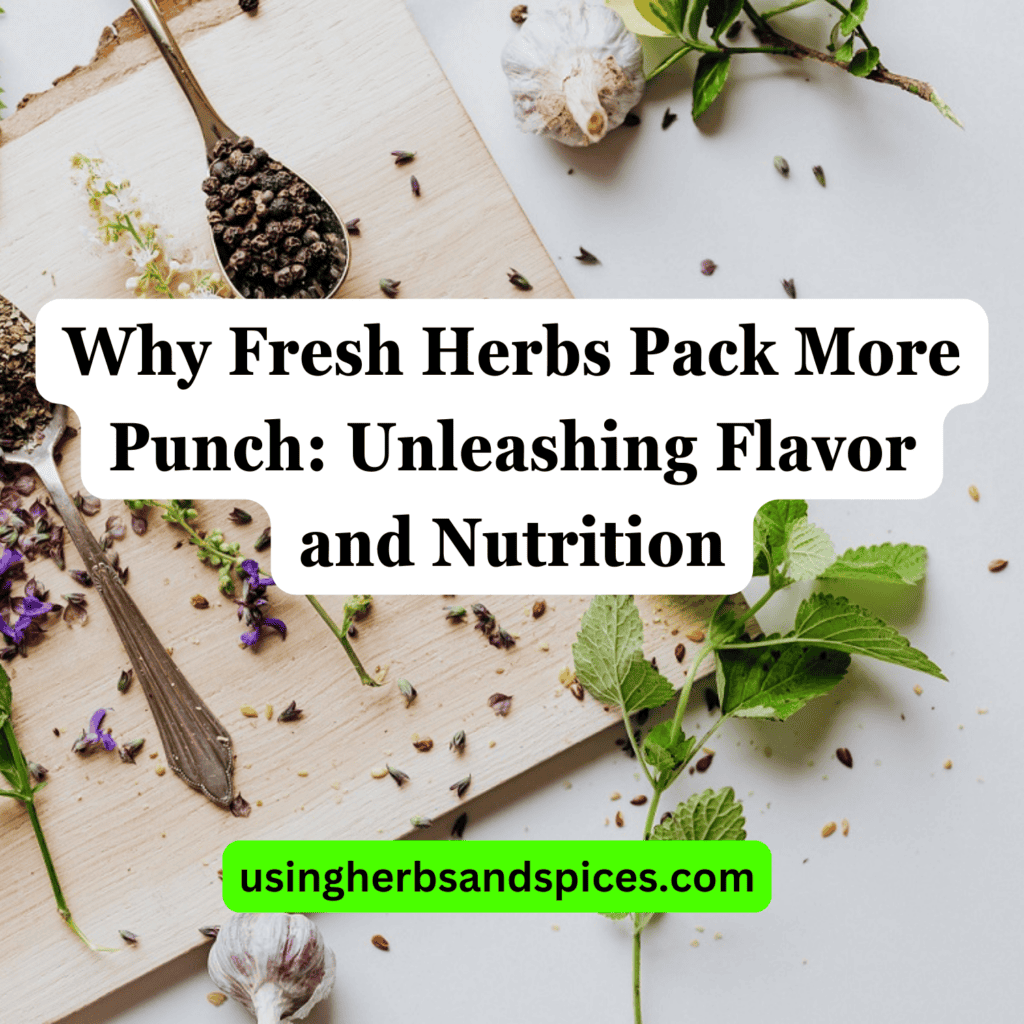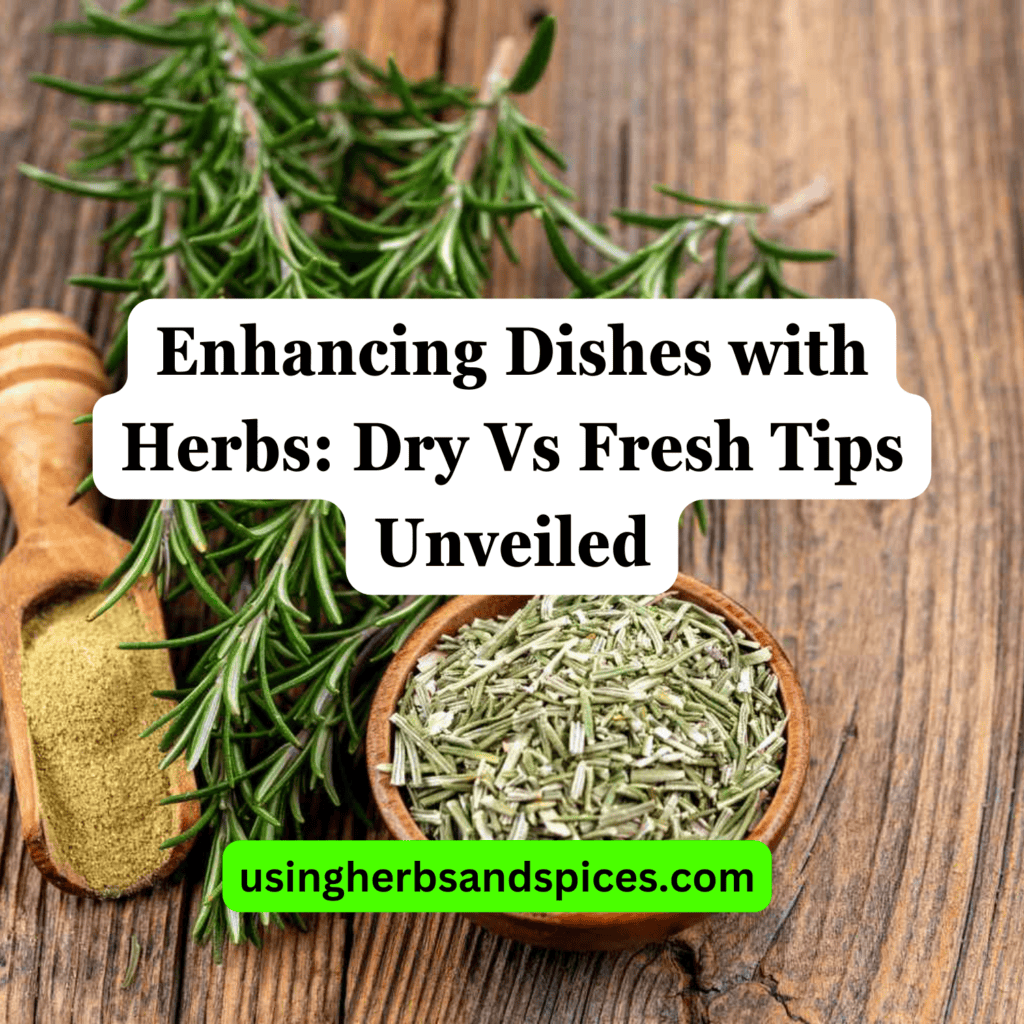SUMMARY: Preserving herbs by drying keeps their flavors, nutrients, and medicinal benefits. Follow best practices and avoid common mistakes for the best results and longer-lasting potency.
Are you struggling to maintain the potency and flavors of your garden herbs long after harvest?

Discovering the right drying techniques could be your solution.
- The science behind effective herb drying and nutrient preservation
- Proven best practices for drying your herbs
- Common pitfalls to avoid during the drying process
- Tips for properly storing your dried herbs to extend their shelf life
Continue reading to equip yourself with essential tips for preserving the full benefits of your herbs.
The Science of Drying Herbs and Nutrient Preservation
Drying herbs is more than just a method to extend their shelf life; it’s a delicate balance between removing moisture to prevent decay and preserving the volatile oils that hold the herb’s flavor, aroma, and nutritional benefits. The process involves the evaporation of water content, leaving behind the concentrated essence of the herb. However, it’s crucial to understand that not all drying techniques are created equal. Traditional air drying, dehydrating, or using a low-temperature oven can impact the nutrient composition differently. The goal is to minimize the degradation of sensitive compounds such as vitamins, antioxidants, and essential oils, which are prone to breakdown when exposed to heat, light, and prolonged air exposure. By adopting the proper drying technique, you can significantly retain the therapeutic properties and flavors of the herbs, making them a valuable addition to your culinary and medicinal arsenal all year round.
Best Practices for Drying Herbs
To efficiently preserve the intrinsic benefits of herbs through drying, it is essential to follow methodical practices that champion both efficacy and safety. Herein, we outline seven critical tips to aid in this quest:
- Harvest at the Right Time: To optimize the quality of dried herbs, harvest them just before they bloom, when their oil concentrations are at their peak. Morning is ideal, after the dew has evaporated but before the sun is too intense.
- Wash and Dry Thoroughly: Gently rinse the herbs to remove any dirt or insects, and pat them dry with a towel or use a salad spinner. Ensure they are completely dry to avoid mold during the drying process.
- Use the Right Drying Method: Air drying is preferable for most herbs, especially those with high oil content. However, a dehydrator can be used for herbs with higher moisture content. Be mindful of the temperature to prevent loss of flavor and nutrients.
- Prep the Herbs: Remove any damaged or discolored leaves and ensure that the herbs are in manageable pieces for uniform drying. For herbs with large leaves, you may consider removing the leaves from the stems.
- Ensure Proper Air Circulation: Whether air drying or using a dehydrator, ensure there is sufficient space around each herb for air to circulate freely. This promotes even drying and prevents mold growth.
- Monitor the Drying Process: The drying time varies depending on the herb and the method used. Regularly check the progress, being careful not to over-dry, to preserve the herbs’ essential oils and flavors.
- Avoid Direct Sunlight: While some traditional methods advocate for sun drying, this can lead to the degradation of essential oils and color. Dry herbs in a warm, dry, and dark place with good ventilation to maintain quality.
By adhering to these best practices, one can adeptly dry herbs, retaining their healthful properties and extending their usability period, thus enabling the vibrant flavors and benefits to be a staple in culinary endeavors.
Common Mistakes to Avoid in Herb Drying
Drying herbs might seem straightforward, yet a few common pitfalls can significantly impact their quality and the preservation of their benefits. Understanding these mistakes is key to ensuring your herbs retain their maximum flavor, nutrients, and medicinal properties.
One crucial error is drying herbs in direct sunlight. While sunlight might seem like a natural drying aid, it can actually degrade the essential oils that give herbs their aroma and flavor, as well as diminish their nutritional value.
Improper ventilation is another mistake to avoid. Herbs need a dry, well-ventilated area to prevent mold growth and ensure even drying. Lack of adequate air circulation can result in uneven drying, where some parts of the herb may still contain moisture while others are overly dried.
Over-drying is a frequent oversight that can lead to the loss of beneficial properties. Herbs should be dried just enough to remove moisture but not to the point where they lose their color and become too brittle, as this degrades their quality.
Avoiding the rush to dry herbs quickly is also important. Methods that apply too much heat, like using an oven or microwave, can destroy the delicate compounds in herbs that contribute to their health benefits. Slow and low is the mantra for preserving the integrity of dried herbs.
Finally, not all herbs are created equal. Some, with higher moisture content, like basil or mint, require more attention to drying conditions to prevent mold and ensure preservation of quality. On the other hand, herbs like rosemary or thyme are easier to dry due to their lower moisture content.
By steering clear of these common mistakes, you’ll ensure your dried herbs maintain their maximum health benefits, aroma, and taste.
How to Store Dried Herbs
Proper storage of dried herbs is crucial for preserving their flavor, color, and medicinal properties long after the drying process has concluded. The ideal storage solution can significantly extend the shelf life of your dried herbs, ensuring they remain potent and beneficial for use.
To maintain their best quality, dried herbs should be stored in airtight containers. Glass jars with tight-fitting lids or vacuum-sealed bags are excellent options for keeping moisture and air out, which can deteriorate the herbs’ quality over time.
It is essential to label your storage containers with the herb’s name and the date of drying. This practice helps in identifying and using older stocks first, ensuring none of your precious herbs go to waste.
Keep these containers in a cool, dark place. Exposure to light, especially sunlight, can bleach the colors of the herbs, reducing their visual appeal and possibly degrading their aromatic and medicinal qualities. A cupboard or pantry away from heat sources is ideal.
Avoid storing dried herbs in the refrigerator or freezer as the fluctuating temperatures and moisture levels can spoil them. The key is consistency in the storage environment to preserve their quality.
Finally, checking periodically on your stored herbs for signs of spoilage like mold or an off smell is good practice. If properly stored, dried herbs can retain flavor and potency for up to a year, and in some cases, even longer.
By following these storage guidelines, you can enjoy the maximum benefits of your dried herbs throughout the year, ready to enhance your culinary creations or to be used for their therapeutic properties.
Effective Drying and Storing Techniques
Understanding and implementing the right drying and storing techniques are critical to preserving the rich benefits herbs offer.
- The drying process is essential in maintaining the nutritional value, flavor, and medicinal properties of herbs.
- Adhering to best practices for drying herbs ensures their benefits are locked in for future use.
- Avoiding common drying mistakes can significantly enhance the potency and shelf life of dried herbs.
- Proper storage conditions further ensure that dried herbs remain effective and beneficial for an extended period.
Preserve Herb Benefits: 7 Drying Tips FAQs
What is the best temperature for drying herbs?
The optimal temperature for drying herbs varies slightly depending on the herb, but generally, it is recommended to dry herbs at a warm, consistent temperature between 95°F to 115°F (35°C to 46°C). Temperatures higher than this range can lead to the evaporation of essential oils and a decrease in the herbs’ nutritional value and flavor.
How long do dried herbs retain their potency?
Dried herbs can retain their potency for up to one year if stored correctly. The key factors affecting their shelf life include the method of drying, the storage conditions, and how well the herbs were dried initially. Storing herbs in airtight containers, away from direct sunlight and moisture, helps to preserve their potency.
Can I dry herbs in the oven or microwave, and how does it compare to air drying?
Herbs can be dried in an oven or microwave, but these methods can sometimes cook the herbs slightly, potentially altering their flavors and decreasing their nutritional content. Air drying is a gentler method that preserves the herbs’ essential oils and nutrients better. However, oven or microwave drying can be a faster alternative when time is of the essence and can be effective if done with care.
Are there any herbs that shouldn’t be dried?
Most herbs can be dried successfully, but some herbs, like parsley, cilantro, and basil, may lose a significant amount of their flavor when dried and are usually better used fresh. However, drying these herbs is still possible, and they can retain some flavor if properly dried and stored, though they may not be as potent as their fresh counterparts.









